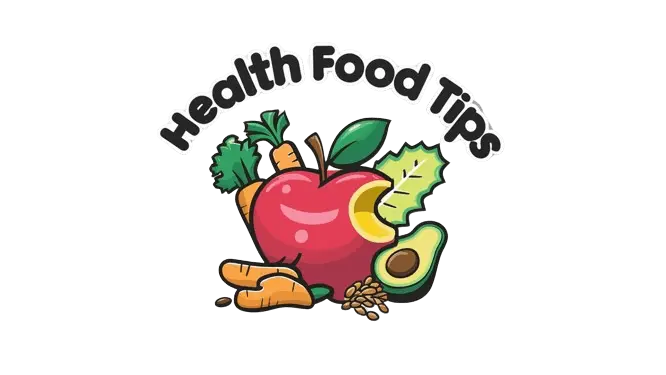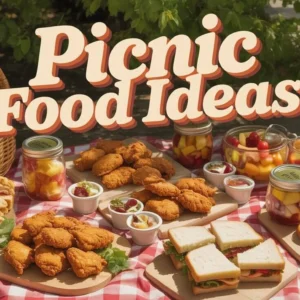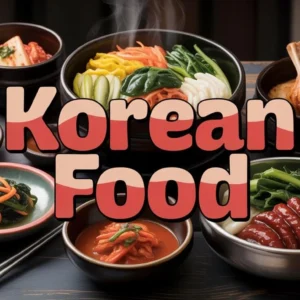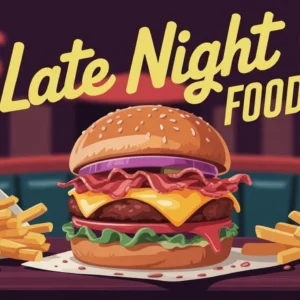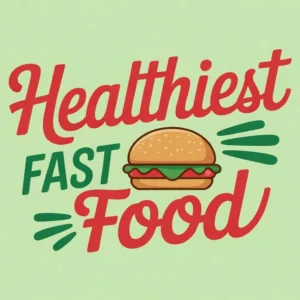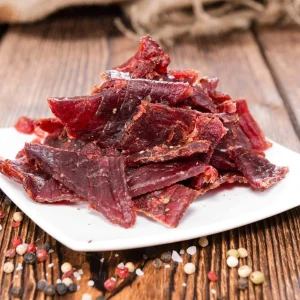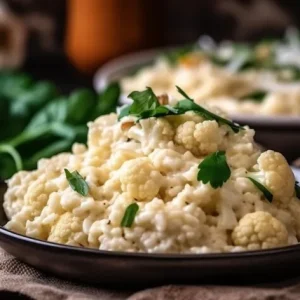If you grew up in the 80s or 90s, chances are you remember the quirky characters that made fast food restaurants so unforgettable. These fast food mascots were more than just colorful faces—they were marketing powerhouses designed to create emotional connections with customers. From Ronald McDonald to the Burger King Kids Club, these characters shaped our childhood memories and influenced our eating habits.
In this article, we’ll explore the fascinating world of fast food brand mascots, their rise, fall, and the stories behind some of the most iconic characters. We’ll also discuss why some mascots were retired and the lessons today’s marketing teams can learn from their successes and failures.
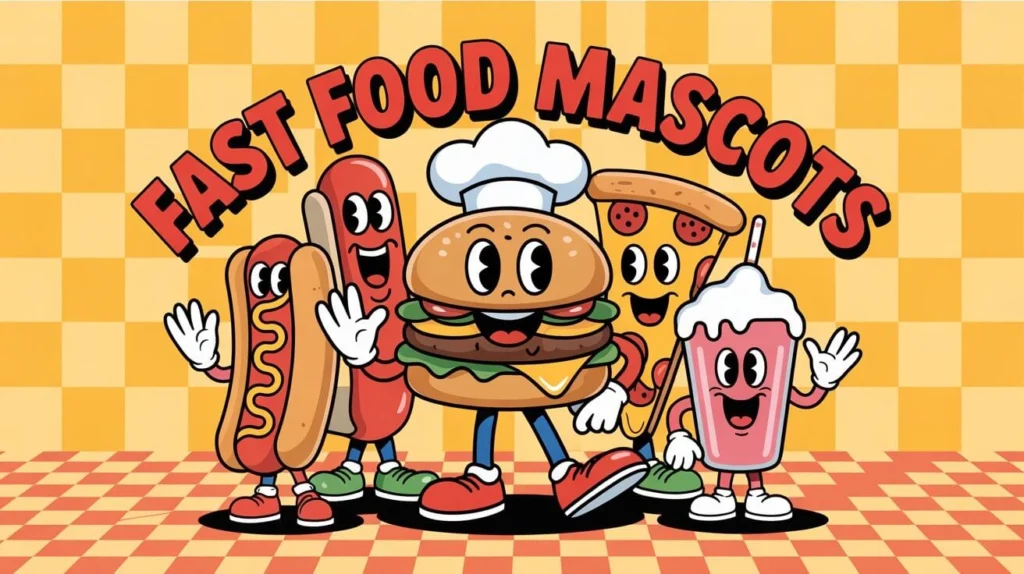
Content
The Power of Fast Food Mascots
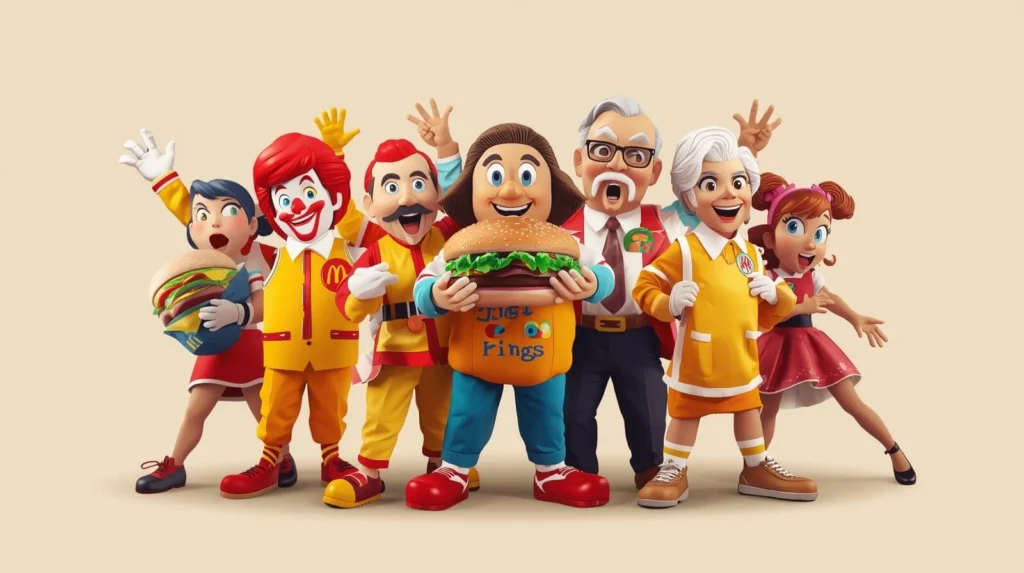
Why do brands invest so heavily in mascots? The answer lies in psychology. Mascots influence customer behavior by creating familiarity, trust, and even nostalgia. A fun, recognizable character makes a brand memorable, encourages repeat visits, and helps differentiate a company from its competitors.
Take the Noid from Domino’s Pizza as an example. Introduced in the 1980s, the Noid was a mischievous villain who “ruined” pizzas unless the Domino’s delivery system could defeat him. The campaign was so engaging that people actively looked forward to the commercials—until a tragic real-life incident caused the brand to retire the character.
This is where fast food mascots history becomes both fascinating and cautionary: not every beloved character survives the test of time.
Iconic Fast Food Mascots and Why They Disappeared
1. Mac Tonight – McDonald’s
Mac Tonight was a smooth, crescent-moon-headed crooner introduced in the late 1980s to attract adult customers to McDonald’s dinner menu. With his jazzy sunglasses and catchy piano tunes, he quickly became a cult favorite.
Why retired: The character was eventually retired due to changing marketing strategies and a shift in target demographics. While Mac Tonight remains a nostalgic icon, he illustrates how even popular mascots can fade when their relevance diminishes.
2. The Burger King Kids Club
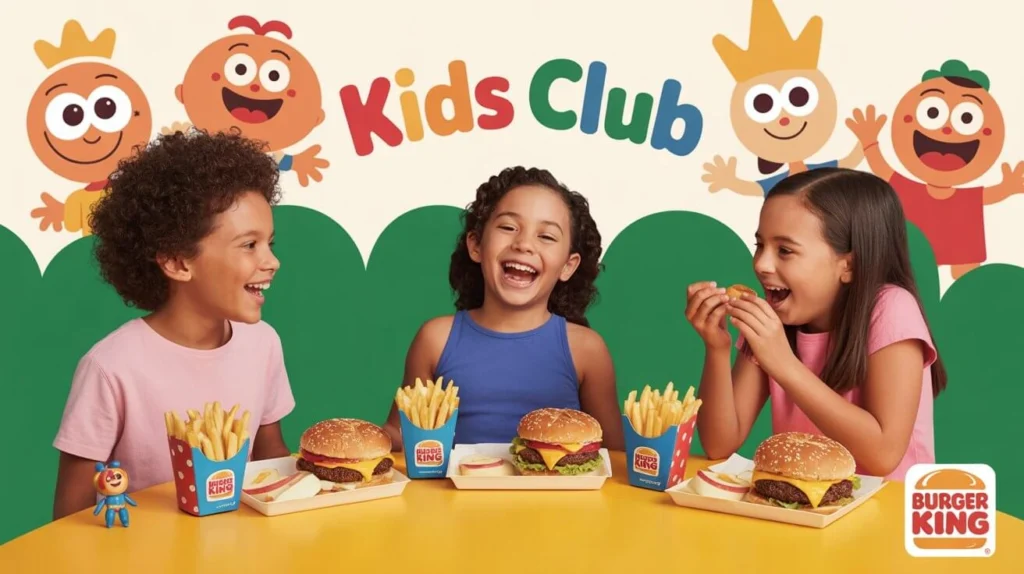
This team of characters—like Kid Vid and The Burger King mascot himself—was designed to engage children through TV commercials, collectible toys, and in-store activities.
Why retired: Concerns over promoting fast food to children, combined with evolving advertising regulations, led to the dissolution of the Kids Club in the late 1990s.
3. The Noid – Domino’s Pizza
As mentioned earlier, the Noid was a villain designed to create a challenge and make the brand memorable.
Why retired: A tragic incident in 1989 involving a man obsessed with the Noid campaign caused Domino’s to retire the character. It’s a stark reminder that marketing mascots, while effective, can also have unintended consequences.
4. Oven Mitt – Arby’s
Arby’s Oven Mitt was a playful, oversized kitchen glove mascot aimed at kids and families. He helped make Arby’s sandwiches fun and approachable for younger audiences.
Why retired: Arby’s gradually shifted toward a more modern branding strategy, focusing on its menu rather than character-driven marketing.
5. Big Boy – Big Boy Restaurants
Big Boy, the chubby, overalls-wearing mascot, became synonymous with the brand in the 1950s. His cheerful demeanor and iconic thumbs-up made him a symbol of approachable dining.
Why retired: While Big Boy still exists in some regions, his prominence has decreased due to rebranding efforts and evolving consumer preferences.
Real-Life Case Study: How Mascots Drive Brand Loyalty
A fascinating case study comes from McDonald’s Ronald McDonald House Charities. Ronald McDonald, unlike other mascots, extended his influence beyond marketing. By associating the mascot with charitable causes, McDonald’s reinforced customer trust and loyalty while making a tangible social impact.
Takeaway: Mascots can be more than just marketing tools—they can humanize a brand and foster deep emotional connections with consumers. This is especially important when introducing new menu items or promoting healthier options, as customers often respond better to familiar, friendly faces.
Lessons from Fast Food Mascots for Modern Marketing
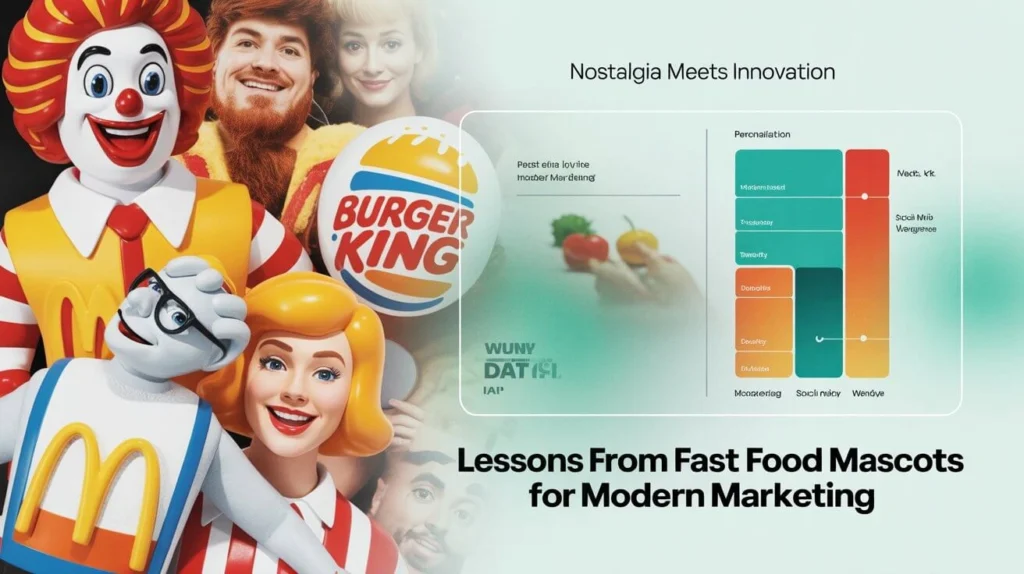
- Relevance is Key: Mascots must resonate with the target audience. Characters like Mac Tonight lost relevance as the audience and market changed.
- Cultural Sensitivity Matters: Marketing campaigns should consider the social and cultural context to avoid backlash.
- Versatility Enhances Longevity: Ronald McDonald remained iconic because the mascot could evolve and support multiple campaigns, including philanthropy.
- Integrate with Brand Story: Mascots work best when they align with the brand’s identity and mission, rather than existing solely for promotional purposes.
Fun Facts About Fast Food Mascots
- Many mascots have cult followings online, even decades after being retired.
- Some mascots inspired collectibles, action figures, and even Halloween costumes.
- Fast food mascots often reflect the era’s pop culture, from disco-inspired tunes to futuristic outfits.
Conclusion
Fast food mascots are more than just entertaining characters—they are powerful marketing tools that can shape childhood memories, influence purchasing decisions, and even drive charitable initiatives. From the mischievous Noid to the charitable Ronald McDonald, each mascot has a story that offers valuable lessons for marketers, parents, and nostalgia-seekers alike.
Whether you remember these characters fondly or are discovering them for the first time, one thing is certain: the world of fast food mascots is colorful, fascinating, and full of insights into how brands connect with people on a personal level — especially when those cravings hit and you’re looking for late night food that feels both nostalgic and satisfying.
FAQs
What is the difference between fast food and junk food?
Fast food is quickly prepared restaurant food; junk food is unhealthy, processed food high in sugar, salt, or fat.
Who are the mascots in McDo?
McDonald’s mascots include Ronald McDonald, Grimace, Hamburglar, Birdie, and the Fry Kids.
Is Jollibee halal in the UK?
Yes, Jollibee in the UK serves halal-certified menu items.
What is the famous Filipino mascot?
Jollibee, the cheerful red bee, is the most famous Filipino mascot.
Is Maggi a junk food?
Maggi noodles can be considered junk food due to high sodium and preservatives if consumed frequently.

Matilda Shue a health blogger, but her words have the power to change your life. She is an avid reader and she loves nothing more than curling up with a good book. She always strives for perfection in everything she does, so it’s no surprise that she plans on becoming the next JK Rowling one day!
